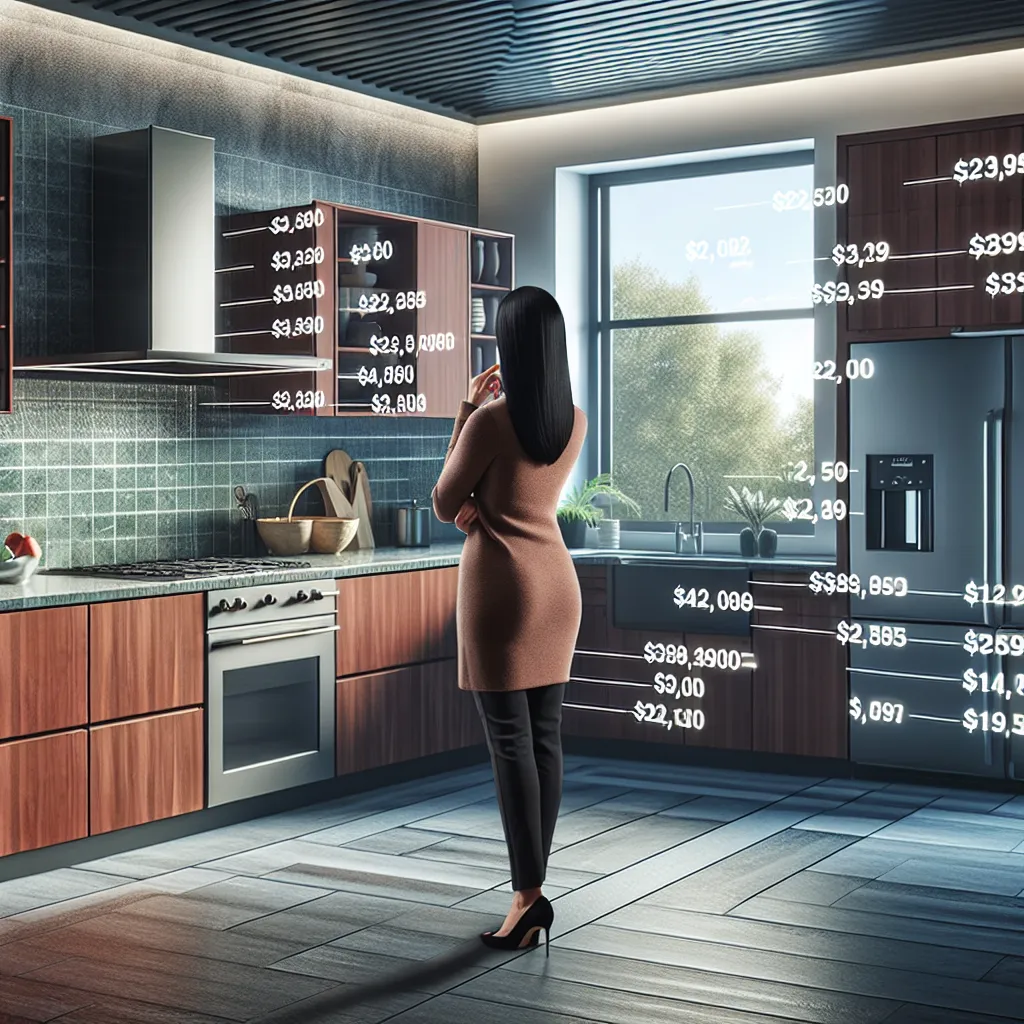Kitchen Cabinet Prices: Factors to Consider When Planning a Kitchen Remodel
Kitchen Cabinet Prices: Factors to Consider When Planning a Kitchen Remodel
When it comes to planning a kitchen remodel, one of the most crucial elements to consider is the cost of kitchen cabinets. Not only do kitchen cabinets play a significant role in the functionality and aesthetics of your kitchen, but they also account for a significant portion of your renovation budget. Understanding the factors that influence kitchen cabinet prices can help you make informed decisions and achieve your desired kitchen design while staying within your budget.
1. Quality and Material
The quality and materials used in kitchen cabinets greatly impact their prices. There is a wide range of options available, from stock cabinets made of particleboard to custom cabinets crafted from solid wood. Stock cabinets are typically the most affordable option, while custom cabinets are the most expensive due to their premium materials and tailor-made design. Semi-custom cabinets, which offer a balance between affordability and customization, are also available.
Common materials used for kitchen cabinets include hardwood, plywood, MDF (Medium-Density Fiberboard), particleboard, and laminate. Hardwood cabinets, such as oak, maple, or cherry, tend to be more expensive due to their durability and natural beauty. Plywood and MDF are popular choices for their affordability and versatility.
2. Cabinet Construction
The construction method of kitchen cabinets also affects their prices. Cabinets can be constructed using different techniques, such as framed or frameless construction.
Framed cabinets have a traditional look with a frame on the front of the cabinet box. They are typically more expensive than frameless cabinets due to the extra materials and labor required for the frame. Frameless cabinets, also known as European-style cabinets, have a sleek, modern appearance. They are generally more affordable as they require less material and labor.

3. Cabinet Dimensions and Layout
The size and layout of your kitchen cabinets have a direct impact on their prices. Larger cabinets or intricate layouts with special features like corner cabinets or built-in organizers will naturally cost more. Similarly, additional accessories such as pull-out shelves, spice racks, or glass doors will increase the overall price.
4. Finishes and Design Options
The choice of finishes, hardware, and design options can significantly influence the cost of kitchen cabinets. Finishes range from basic stained or painted cabinets to more expensive options like glazes, distressing, or specialty finishes. The type and quality of hardware, such as handles, knobs, and hinges, also contribute to the overall price.
Additionally, specific design options, such as intricate moldings, decorative panels, or customized features, will add to the cost. These design elements require extra craftsmanship and materials, making them pricier.
5. Supplier and Location
The supplier you choose and your geographical location can impact kitchen cabinet prices. Different suppliers have varying pricing structures based on factors like brand reputation, manufacturing processes, and overhead costs. Additionally, prices can vary depending on your location, with urban areas often having higher costs than rural areas.
6. Additional Costs to Consider
When planning your kitchen remodel budget, it’s essential to consider additional costs associated with kitchen cabinets. These may include professional installation fees, delivery charges, taxes, and any necessary modifications to your kitchen to accommodate the new cabinets.
Conclusion
When embarking on a kitchen remodel, understanding the various factors that affect kitchen cabinet prices is crucial. By considering the quality and material, cabinet construction, dimensions and layout, finishes and design options, supplier and location, as well as additional costs, you can make an informed decision that aligns with your budget and aesthetic preferences. Remember to prioritize both functionality and style to create a kitchen that meets your needs while adding value to your home.
